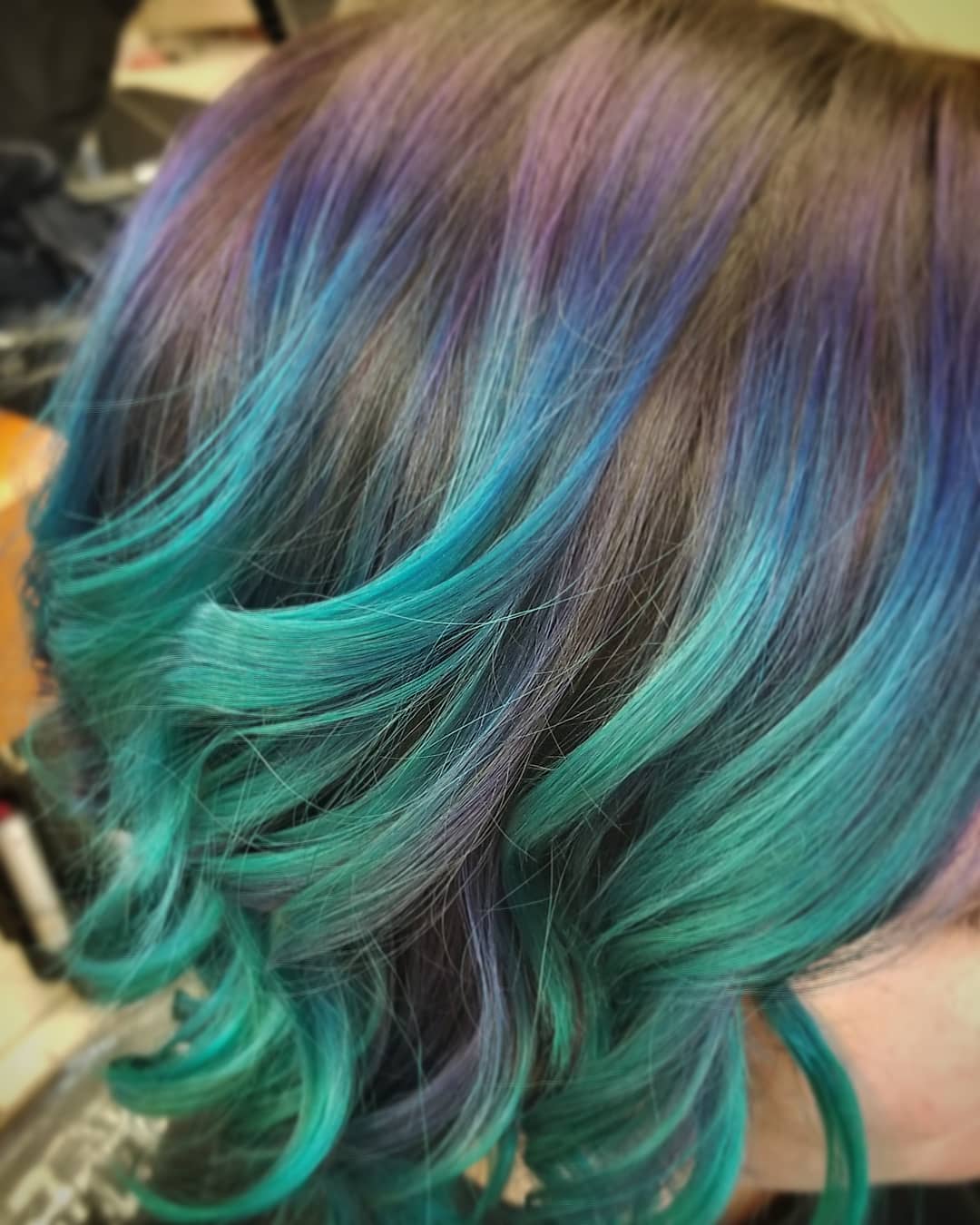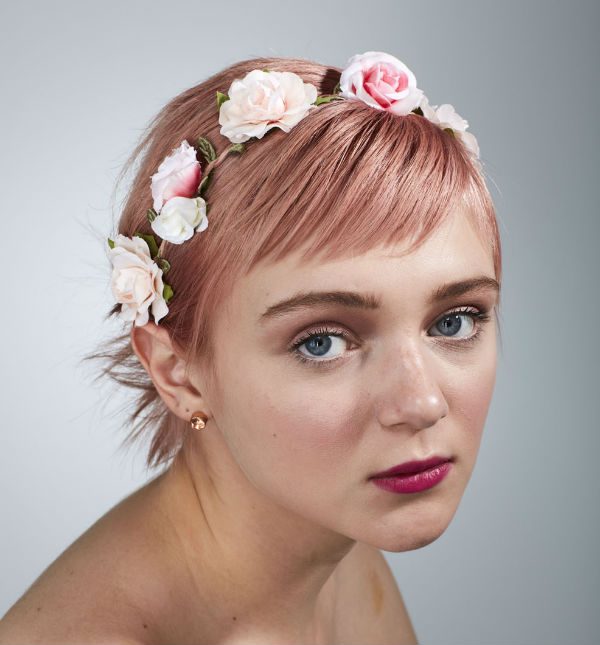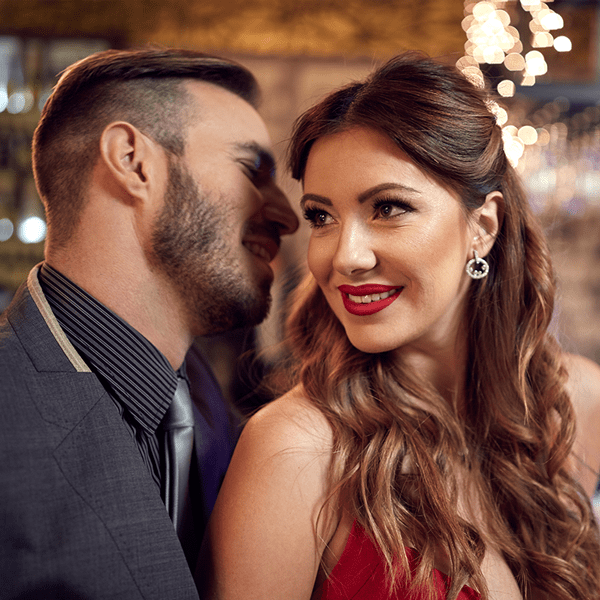When you’re trying to learn hair lingo, it can be a little confusing sometimes. Case in point: what is single process vs double process hair coloring? Aside from simply what it states: single being one process and double being two (or more), you might not understand which processes fall into which category. That’s where we’re going to help you.
What is Single Process Hair Coloring?
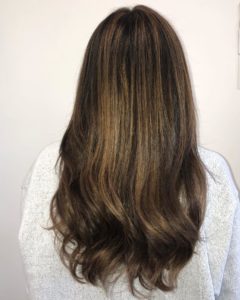
What needs to be known before you can say “single or double” is what the beginning canvas (your current hair) is and what your hair goal is. If your hair is virgin (has not been chemically processed at all), achieving a variety of outcomes can be a single process, where previously colored hair can get a little tricky and require more than one process (but not always). If you’re thinking about a drastic change, that usually calls for a double process. Here are some examples of single processes:
- Highlights on Virgin Hair: You desire highlights (ribbons of color that are lighter than your base) on your virgin or previously colored but not-over-processed hair. This will likely be a single process which entails lightening pieces of your hair through one of many different techniques (foils, balayage, etc.) then toning to achieve the final outcome. Though toning may seem like an additional step, leaving you uncertain if this trickles into a double process, it does not. When hair is lightened, it goes through many stages of warmth (red, orange than yellow); a toner is applied to counteract unwanted pigments, enhance a tone or add shine—it’s simply a second step that’s frequently involved when lightening the hair.
- Lowlights: If your goal is to add lowlights (ribbons of color that are darker than your base), likely plan for a single process. Similar to highlights, this can be achieved through many techniques, like foils or balayage, depending on your color goals. However, instead of lightening the hair, color is being deposited which will leave you with the expected tone as soon as the color is washed out.
- Gray Coverage: Somehow, someway, your hair is turning gray and there’s no way you want it to stay… single process here. Whether you’re looking for solid, all-over color or want to maintain with a root re-touch, permanent color will cover grays with one application.
- Gradual Lightening: Let’s say you want to gradually achieve very light, very pale blonde throughout your hair. When you lighten, warmth is released and it is not a guarantee that all this warmth can be broken through in one process while achieving the lightness you desire. Slow and steady can help maintain the integrity of your hair, so with your Hair Cuttery Professional you decide several sittings is the way to go for your needs. Each session, your stylist will lighten over the area that’s previously been lightened until the desired color is achieved. This could take 1, 2, 3 or more sessions spread a few weeks or months apart, depending on your initial canvas and desired look. Though this involves multiple sessions, it is a single process within that session so it’s still classified as a single process color.
What is Double Process Hair Coloring?
Ok, ok, so you’re really wondering what falls into this category if there is so much above in single process hair color. Here are a few examples of a double process:
- Platinum Blonde: I am sure you’ve thought about it, but if you’ve decided to try it, be prepared to sit for many hours. Even on virgin hair, hair would likely need to be decolorized multiple times to achieve the proper lightness. This all depends on what your starting color was; the darker your base, the more patient you need to be. If your hair has previously been colored, it is harder to work through the amount of warmth that will surface, making this possibly a double, triple or multiple-session process. However, once your hair has been successfully decolorized, it will remain that way, meaning it won’t gradually get darker. What’s super important, however, is maintenance. If you want to stay platinum and keep your following appointments a single process, you should have your roots re-touched every 4-6 weeks, use pigment-based shampoo and conditioner like Cibu Platinum products, and have toner re-applied to your ends to knock out resurfacing warmth.
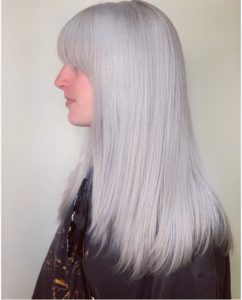
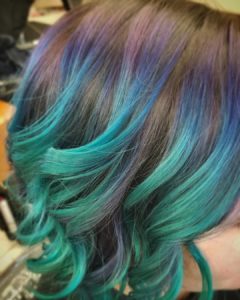
- Fashion Colors: Pulp Riot is an amazing line of vibrant, beautiful colors that allow you to express yourself through color. The more noticeable you want the color to be, the lighter your base color needs to be. Unless you’re already blonde, it is common that your Hair Cuttery Professional will first lighten your hair, wash it, dry it, then go for round two when they’ll apply the desired color. This will process the full time then be washed out and you’ll have great color.
- Corrective Color: If your color has gone wrong—maybe a friend did it at home in your bathroom because a YouTube tutorial looked “so easy”—you may find yourself needing a double process session to correct what went wrong. Please do not let this be you—if you feel you need change, come to Hair Cuttery first! Corrective color can require many, many hours in the salon, a lot of patience and potentially a hefty price tag.
One vs. Two
There are times in life we would love double of a lot of things… I mean, two is always better than one, right? Not always! Be kind to your hair and try to avoid the need for a double process color—unless you’re going for something extreme, then carry on and have fun! As always, talk with your Hair Cuttery Professional about hair ideas you have contemplated, check out the HC Lookbook and, together with your stylist, come up with the plan that’s best for you.
